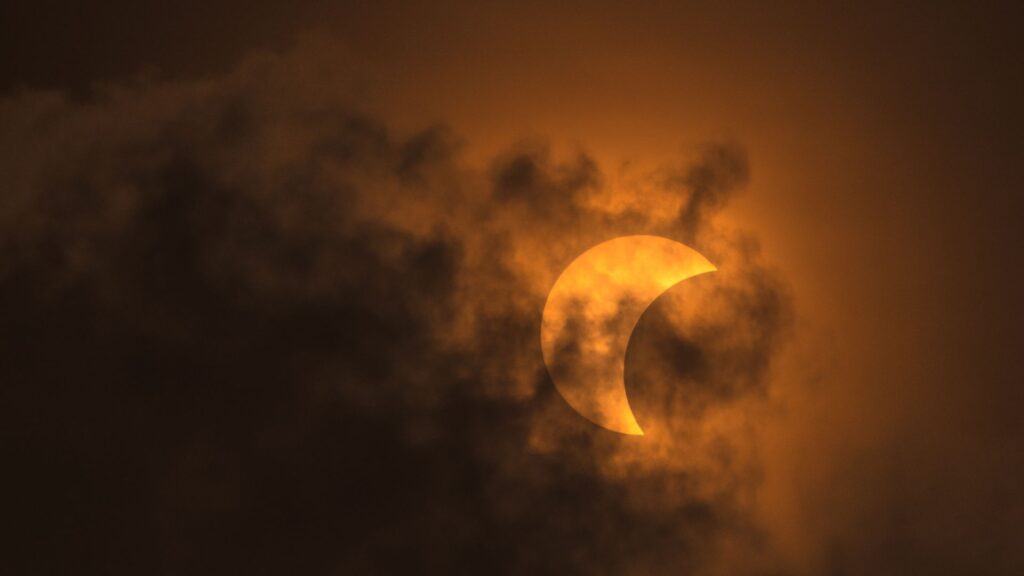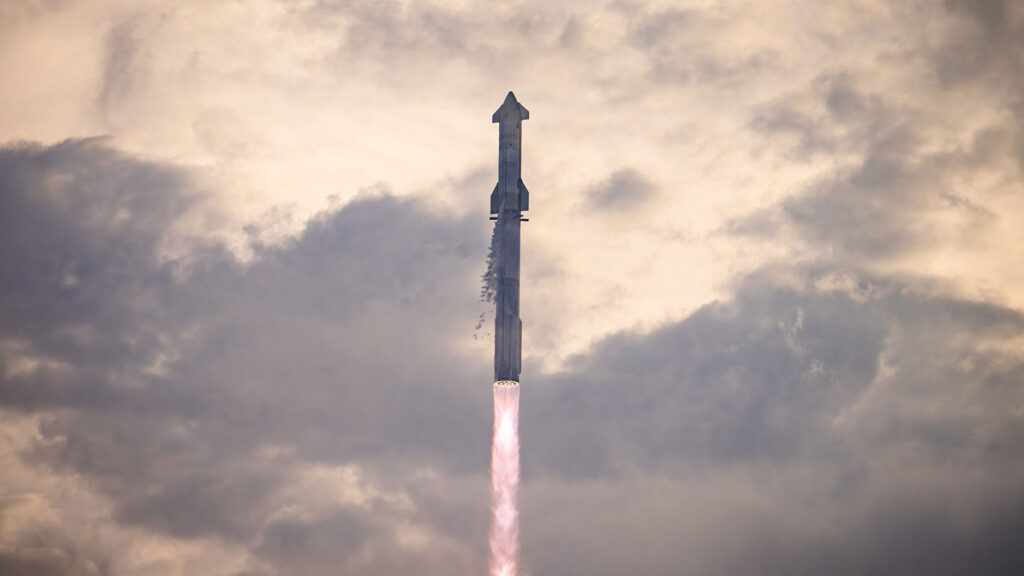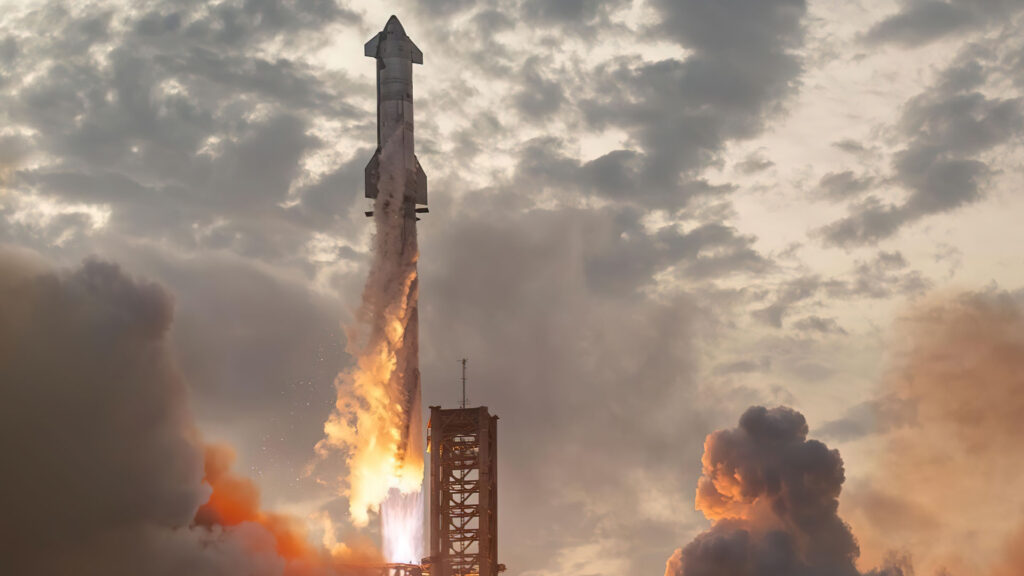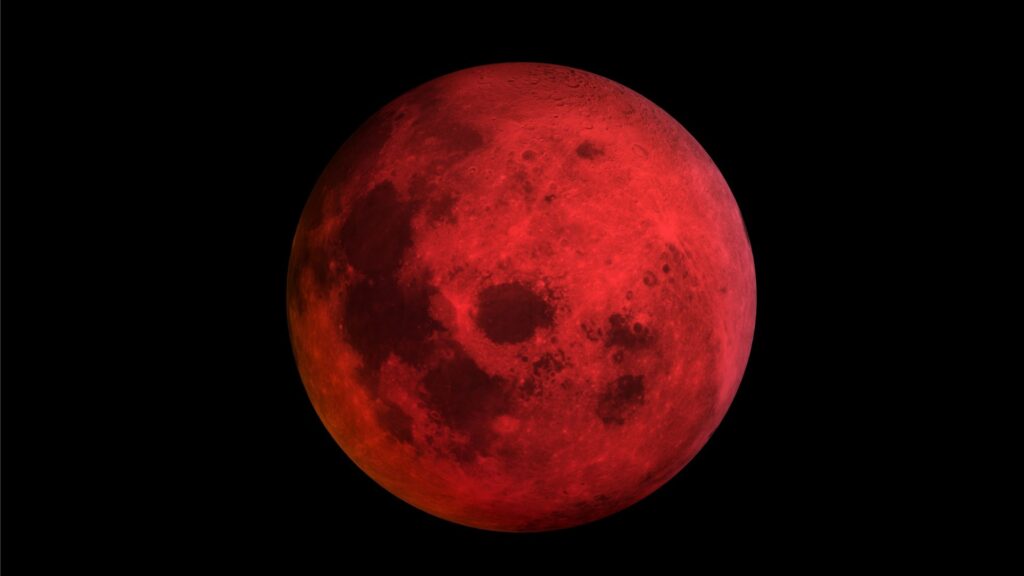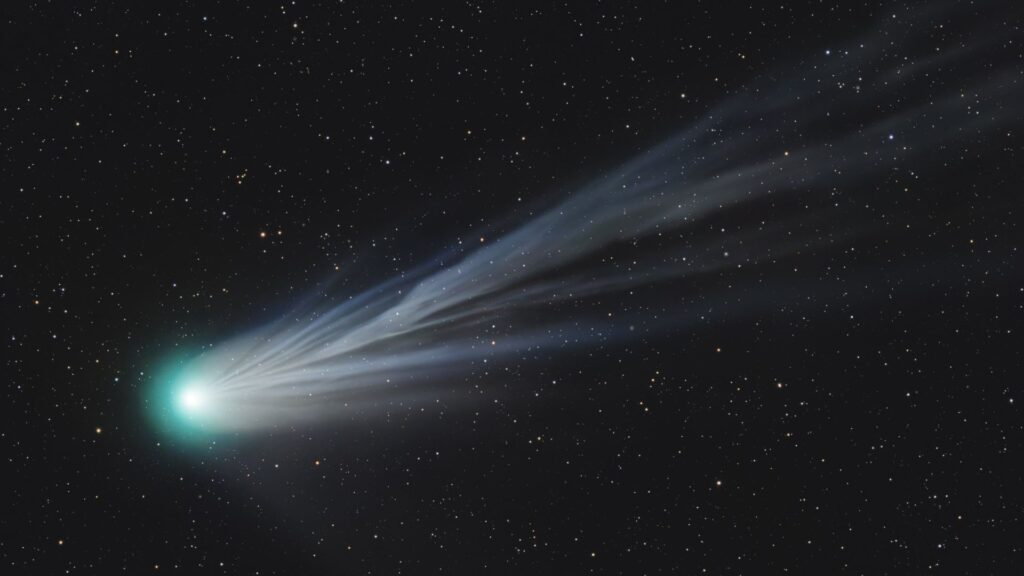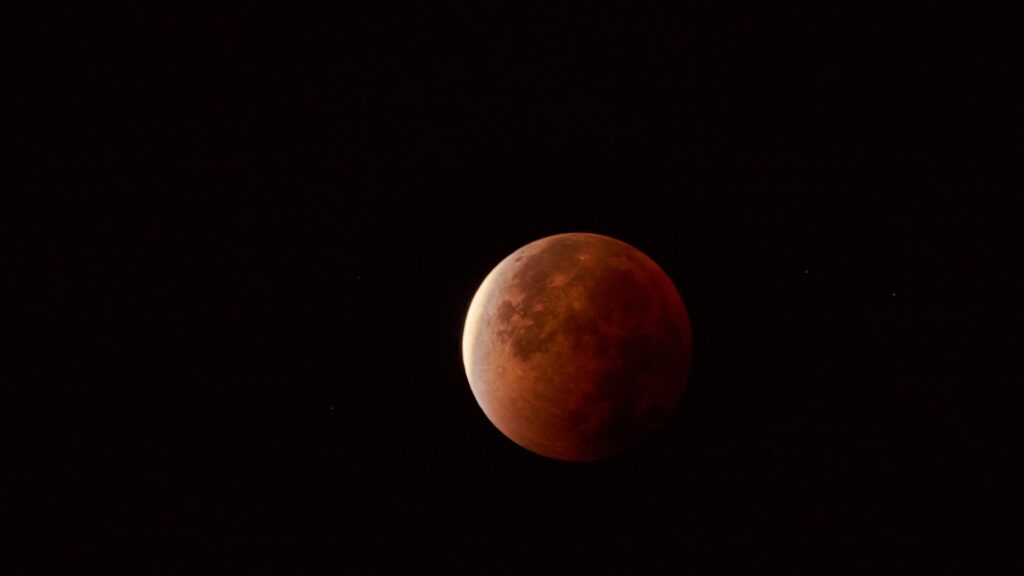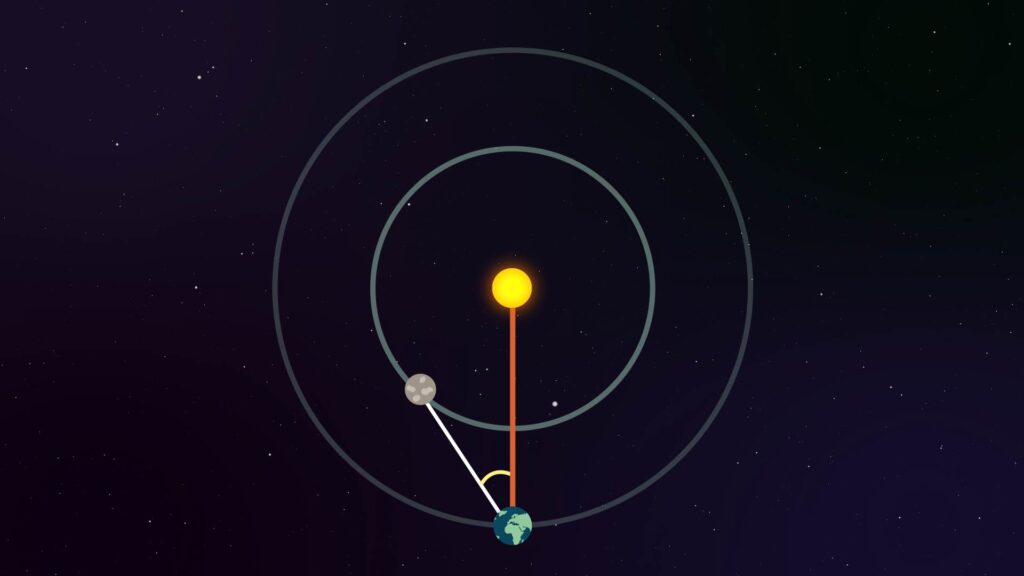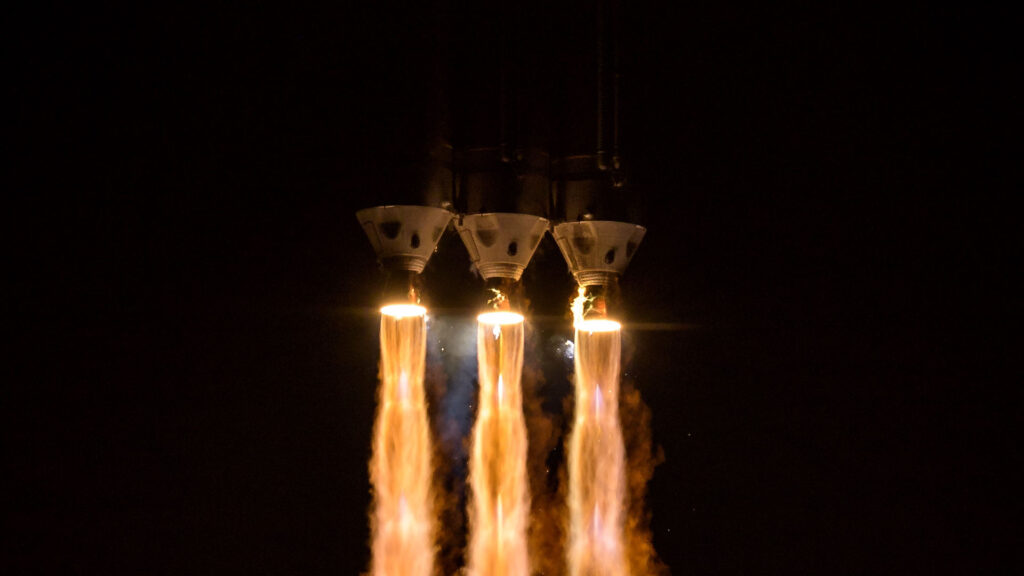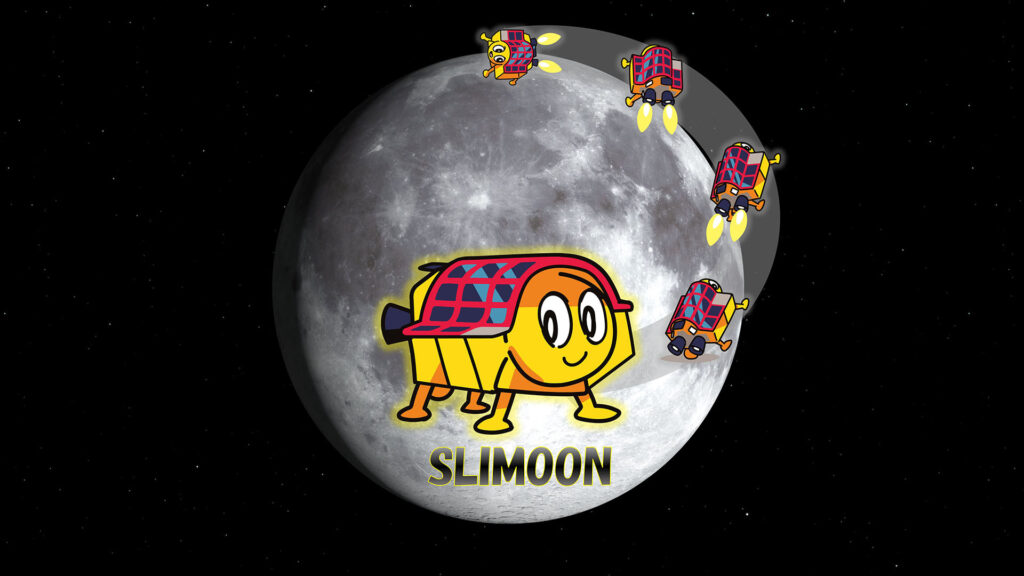The Street interviewed Chad Anderson, founder/managing partner of the "space economy" investment firm Space Capital, who calls SpaceX's progress "unprecedented," and believes their next launch could carry "operational" payloads like Starlink satellites.
Anderson added that Starship reaching orbital velocity and reentering the atmosphere at those speeds (roughly 16,000 miles per hour) was "a really big deal," though it's specifically important for the reusability of the vehicle, which would further cheapen the cost of launch.
"The fact that they did all those things and they can now move into operations as an investor is hugely important and significant," Anderson said. "Having an operational Starship vehicle is really important because, at the moment, they just can't launch Starlink satellites fast enough. Starship is going to be able to launch 10 times more than Falcon 9 can, and that's really important...."
The ship is so big that, according to Anderson, Starship could conceivably serve as a space station, or a hotel, or a manufacturing facility. There is also the potential of Starship actually competing with commercial airlines, flying, for example, from New York to Shanghai in 45 minutes.
Clayton Swope, senior fellow at CSIS, also believes Starship could be used for "last-mile delivery... where you could move something in less than an hour, anywhere from a point on Earth to another point on Earth, and you're just kind of using space as that transit point."
There's also defense applications. Defense One notes the U.S. Defense Department uses SpaceX to launch most of its satellites. "With a payload capacity of 100 to 150 tons, Starship could carry a bunch of satellites simultaneously and increase the Space Force's launch rate as it builds out a network of hundreds of satellites in low-Earth orbit."
Once Starship is operational, it will be able to put things into higher orbits, which is key for the Pentagon's push to operate in the cislunar environment, the area between the geosynchronous orbit and the moon. "The Chinese have already begun cislunar operations and have put vehicles on the far side of the moon, which is something the U.S. doesn't really have the ability to do right now," said Bryan Clark, a senior fellow at the Hudson Institute.
However, the advantage the U.S. will get with Starship "won't last forever," and it will take years to build satellites specifically designed to take advantage of the rocket's payload capacity, said Todd Harrison, a senior fellow at the American Enterprise Institute. "At this rate, they will have Starship operational this year. We need payloads to go on that, if we're actually going to take advantage of it during this window of opportunity when it's a capability only we have. If you want those payloads available next year, you needed to start building them five years ago," Harrison said.
Starship could be used to put very large objects into space, such as fuel barges or energy stations, at a reasonable cost. "You could use this to put up an orbital bus that you can then put on and remove payloads from, so you can have a satellite on orbit that's basically a large docking station," Clark said... "[I]t could be a way to do that kind of thing where you establish essentially an unmanned, little space station that can carry various payloads."


Read more of this story at Slashdot.
